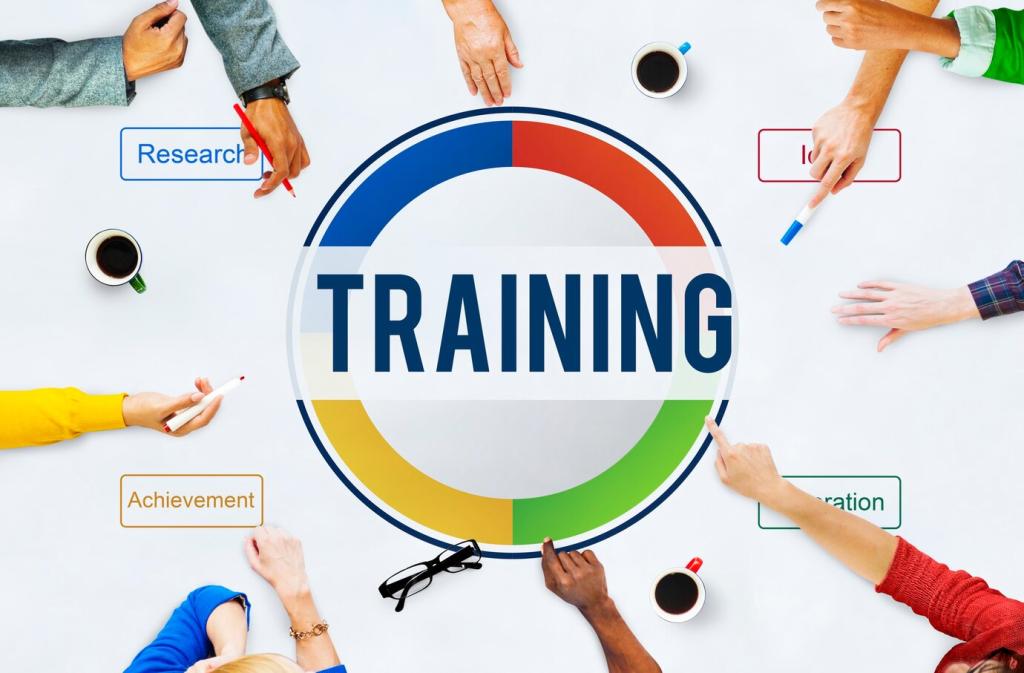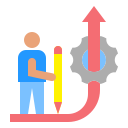Immersive Skills: Virtual Reality Applications in Training
Chosen theme: Virtual Reality Applications in Training. Step into immersive learning where mistakes are safe, feedback is instant, and practice feels real. Follow along, subscribe for fresh case studies, and share which skills you’re eager to transform with VR.
Why VR Transforms Training, Not Just Digitizes It
VR creates a sense of “being there,” which helps learners form stronger memories through embodied experience. When you reach, move, and decide in a lifelike space, you internalize procedures more confidently than from slides, boosting recall when pressure rises.

From Operating Rooms to Oil Rigs: Real-World Use Cases
Residents rehearse procedures step by step, coordinating with scrub nurses and anesthesiologists in a shared virtual space. They practice handoffs, sterile technique, and rare complications, gaining calm familiarity before ever touching a patient, which reassures both teams and mentors.
On oil rigs and construction sites, VR simulates lockout-tagout, confined spaces, and emergency evacuations with dynamic hazards. Crews practice situational awareness and radio protocols repeatedly, learning to spot red flags early and act decisively when seconds truly matter.
Retail and call center agents navigate frustrated customers represented by expressive avatars. They experiment with tone, pacing, and empathy techniques, receiving feedback on choices. Over time, they reduce escalations and maintain rapport while hitting operational targets like handle time.
Designing Effective VR Training Scenarios
Define what learners must do, not merely know. Translate competencies into observable actions—checklists, decisions, and timing. When the objective is behavioral, scenarios become focused, outcomes measurable, and completion actually maps to readiness at the moment of truth.
Designing Effective VR Training Scenarios
Visual clutter, long instructions, and disorienting movement can overwhelm. Use clean environments, chunked guidance, and teleportation or snap turns. Cognitive load management keeps attention on the task at hand, sustaining flow and retention over longer sessions.



Standalone devices shine for portability and easier rollout, while PC-tethered headsets deliver higher fidelity and heavy simulations. Match power to use case: quick soft-skill modules thrive standalone; dense, physics‑driven tasks benefit from tethered horsepower and stable framerates.

Controllers are precise for tools and buttons; hand tracking feels natural for gestural tasks. Haptic vests or gloves amplify realism for force feedback or subtle cues. Choose interaction methods that mirror real tasks to reduce friction and accelerate transfer.

Consider mobile device management for headset fleets, version control for content, and data piping into your LMS or LRS. Smooth deployments, user provisioning, and analytics dashboards keep programs consistent, compliant, and insight-rich across locations and roles.



Pilot to Scale: A Practical Adoption Roadmap
Pick a High-Impact, Contained Pilot
Select a task with clear risks or costs, a motivated champion, and measurable outcomes. Limit variables, document lessons, and secure early wins. A well-chosen pilot builds credibility and uncovers the operational tweaks required before broader deployment.
Prepare People and Spaces
Schedule headset orientation, hygiene protocols, and accessibility plans. Arrange safe, quiet areas with good lighting and supervision. When learners feel comfortable and supported, adoption accelerates, and your program avoids friction that can derail momentum.
Scale With Templates and Playbooks
Standardize scenario structures, assessment rubrics, and device procedures. Reuse assets across roles and sites, localizing only what matters. Playbooks reduce rework, enable rapid iteration, and preserve quality as new teams and regions come online.
Ethics, Accessibility, and Wellbeing in VR Training
VR can capture sensitive behavioral data. Establish clear consent, retention policies, and role-based access. Anonymize analytics where possible, and communicate transparently so trainees feel safe practicing without fear of surveillance or misuse.

